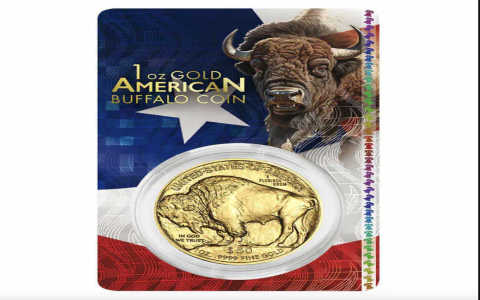Alright, so I found myself holding a Costco gold bar a while back. Seemed like a decent enough thing to have, you know? But then, like things go, I decided it was time to sell it. And that’s where my little journey began, trying to figure out where to actually offload this thing.
My First Thoughts and Steps
Honestly, my first thought was, “This should be easy.” I mean, it’s gold, right? Everyone wants gold. Turns out, wanting it and giving you a good price for it are two different planets. I didn’t just want to walk into any old place. I’m a bit careful like that, always have been. Reminds me of the time I tried to sell my grandpa’s old stamp collection. Thought I was sitting on a goldmine, ended up spending weeks just figuring out who wouldn’t try to fleece me.
So, I started by just thinking about the usual suspects:
- Pawn Shops: Yeah, they’re out there. Lots of ‘em. But the vibe can be a bit… well, you know. I popped into one or two. Let’s just say their offers weren’t exactly making me jump for joy. Felt like they were doing me a favor by even looking at it.
- Jewelry Stores: Some of these places buy gold. I figured they’d know their stuff. Some did, some were more interested in the “scrap” value, which for a nice bar, isn’t what you’re hoping for.
- Coin Shops: These seemed a bit more promising. Guys who deal in coins and bullion, they should understand the value of a PAMP Suisse bar from Costco, right? This path felt a bit warmer.
The Legwork Involved
So, I actually got in my car and drove around. Made a few calls too. It wasn’t like a one-stop-shop experience. Far from it. Each place had its own process, its own way of evaluating, and its own offer. It’s a bit like trying to find a good mechanic. You gotta kiss a few frogs, or in this case, talk to a few dealers.
I learned pretty quick that knowing the current spot price of gold is absolutely key. Had that pulled up on my phone. Some places were pretty transparent, showing me how they calculated their offer based on spot. Others were a bit more… vague. Those are the ones I walked away from pretty fast.
What struck me was that Costco sells these bars, often with pretty good premiums, but they don’t have a buy-back program. Not that I expected them to, but it’s just an observation. You buy it, it’s yours, and then you’re on your own to figure out the selling part. Sort of like buying one of those fancy coffee machines. Easy to buy, but when it breaks down out of warranty? Good luck finding someone local and affordable to fix it. You’re suddenly an expert in small appliance repair forums.
What I Settled On (Sort Of)
After a bit of this running around, I found a couple of reputable local coin dealers who seemed to give fair prices. They understood it was bullion, not just scrap. They’d usually offer something like a percentage below the spot price, which is their cut for doing business. That’s understandable.
I didn’t really explore the online mail-in options much. Call me old-fashioned, but sending a gold bar through the mail just made me a bit uneasy. I like to see the person, shake their hand (or not, these days), and do the deal face-to-face. Plus, haggling is harder when it’s just a website form.
So, for me, the best route ended up being a well-established, local coin shop or a precious metals dealer. It took some effort, some asking around, and a bit of patience. There wasn’t a magic bullet answer, just good old-fashioned due diligence.
It’s not like selling shares where you click a button. Selling a physical gold bar, even one from a big place like Costco, means you gotta hit the pavement, or at least work the phone. It’s a bit of a market in itself. And like any market, you gotta know what you’re doing, or at least try to look like you do!
In the end, I got it sold. Was it a massive profit? Not really, after all the to-ing and fro-ing, but it wasn’t a loss either. Mostly, it was an experience. And now I know a bit more about that side of things. Every day’s a school day, eh?
